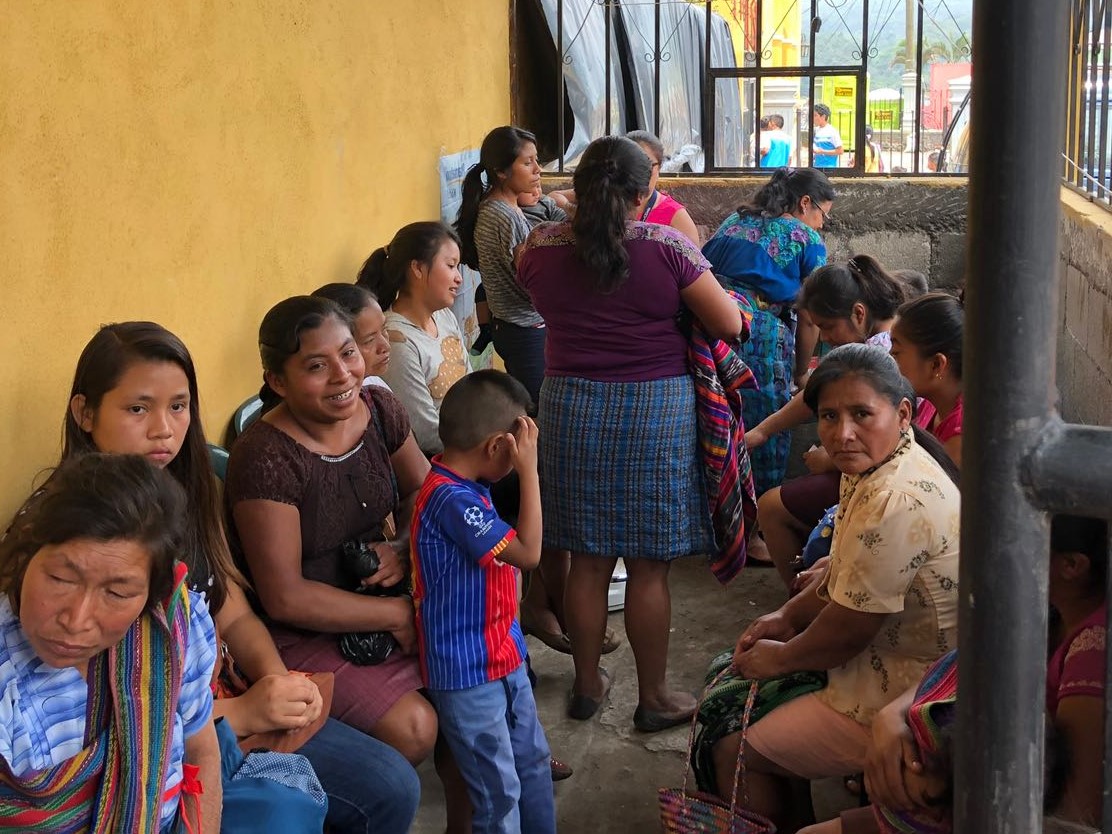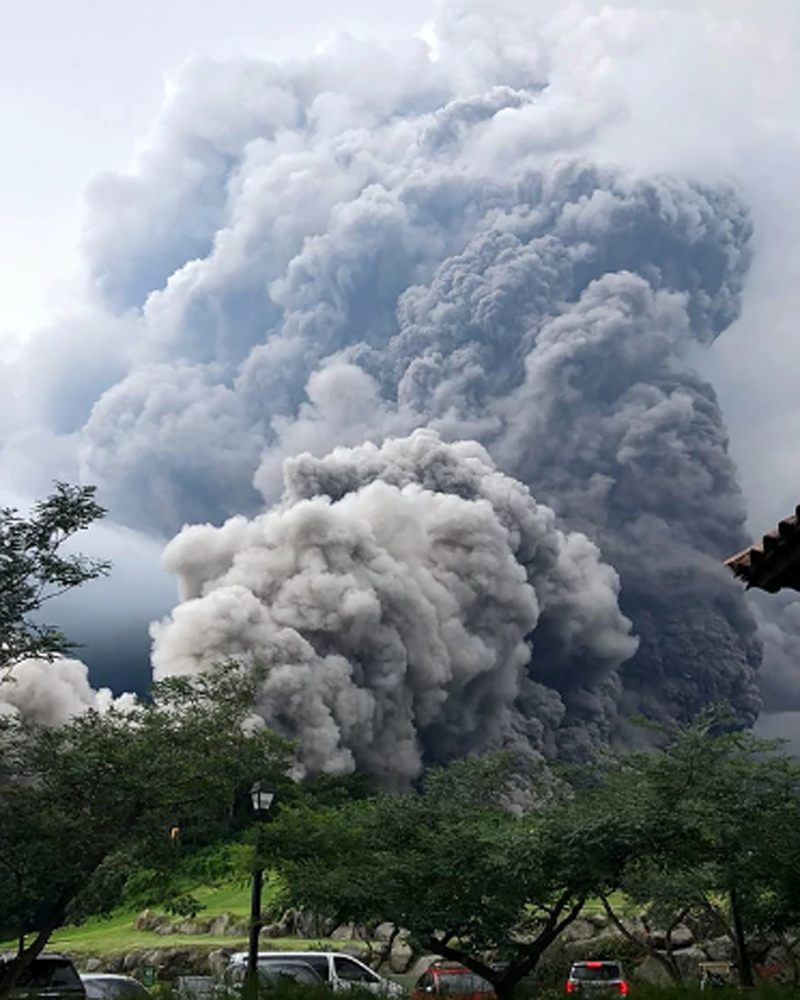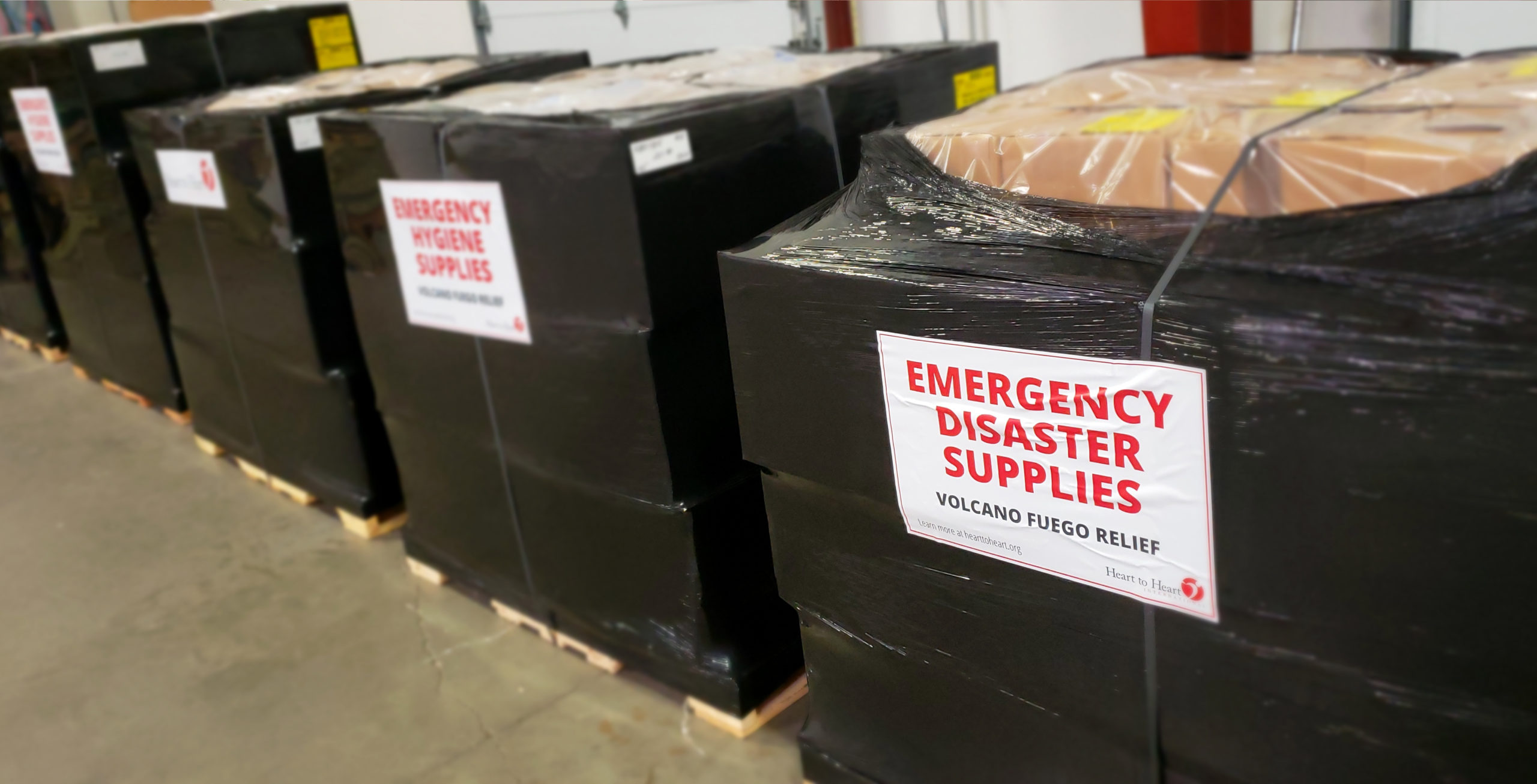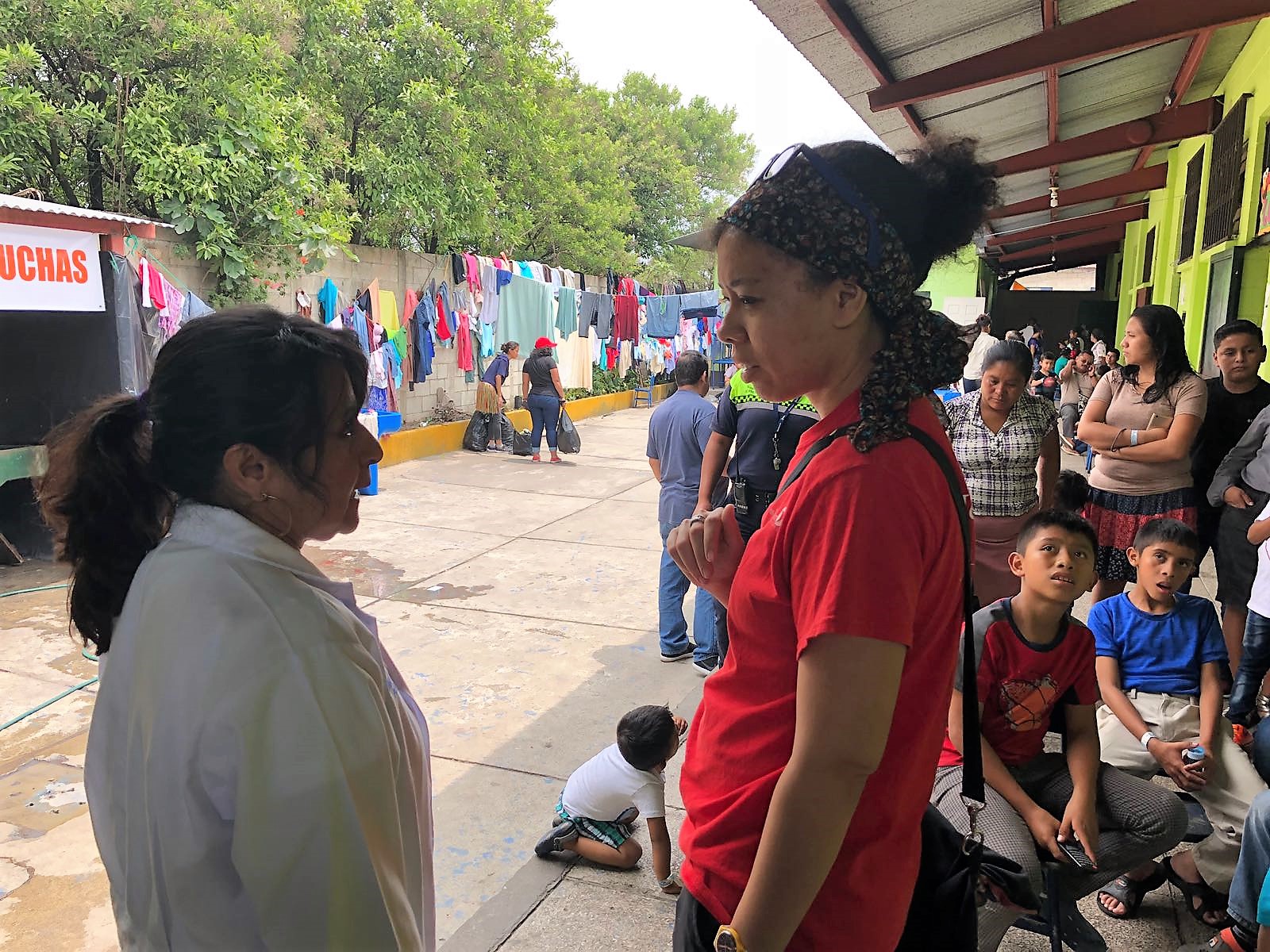 June 15th, 2018 – Guatemala’s deadly Fuego volcano eruption on Sunday, June 3, 2018, sent ash and gas into the air and killed more people than any other time in the recorded history of the site. Heart to Heart International has a team in Guatemala, assessing needs, working in conjunction with partners on the ground to help those suffering the devastating consequences of this disaster.
June 15th, 2018 – Guatemala’s deadly Fuego volcano eruption on Sunday, June 3, 2018, sent ash and gas into the air and killed more people than any other time in the recorded history of the site. Heart to Heart International has a team in Guatemala, assessing needs, working in conjunction with partners on the ground to help those suffering the devastating consequences of this disaster.
Yesterday, the HHI team visited a clinic established to help victims of the disaster. The clinic services three shelters in the area and has seen as many as 200 people in one day, is conducting home visits to those who can’t travel, and even brought in clowns to help children dealing with trauma. Shoes were also distributed to families struggling in the aftermath of this tragedy.
As of June 13, 2018, 110 people are known to have died, 57 have been injured, almost 200 are still missing, more than 3,000 are in official shelters and more than 12,800 people have been evacuated.

The volcano continues to register seismic activity, specifically avalanches and eruptions. The National Institute for Seismology, Volcanology, Meteorology, and Hydrology (INSIVUMEH) is constantly monitoring the volcano and has not yet ruled out the possibility of more pyroclastic flows of similar or greater severity than those recorded since the beginning of the emergency.
With the help of our generous donor community, HHI is prepared to continue helping the victims of this destructive eruption.
June 7, 2018
Guatemala’s Fuego volcano sits approximately 27 miles southwest of Guatemala City. The volcano is one of 
As of June 6, 2018, 99 people are known to have died, almost 200 are still missing, and 3,000 have been evacuated. Most of those who were killed lived in villages on the slopes of the 3,763m-high volcano. The fatalities were caused by what is known as pyroclastic flow, which contains a high-density mix of hot lava blocks, pumice, ash and volcanic gas. These flows move very quickly down volcanic slopes and are considered to be the most deadly volcanic event because they are impossible to outrun and can travel for miles. Temperatures inside pyroclastic flows can range between 200C and 700C (390-1300F) and destroy everything in their path. Volcanologists warn that while the eruption has seized, for now, the danger is not yet over. If heavy rain were to fall on Fuego’s slopes, it could cause deadly mudslides carrying ash, boulders, and debris down the mountainside.
Several communities, including El Rodeo and San Miguel Los Lotes, have been wiped out, and rescue workers are finding homes covered in ash up to their roofs with the bodies of entire families huddled together inside. The Guatemalan authorities calculate that 1.7 million people have been affected by the eruption and large areas remain covered in ash.

Fuego’s effects will be felt for a long time to come, and HHI will keep monitoring the needs of those affected in order to best help with the recovery of those impacted by the volcano’s devastating eruption.


